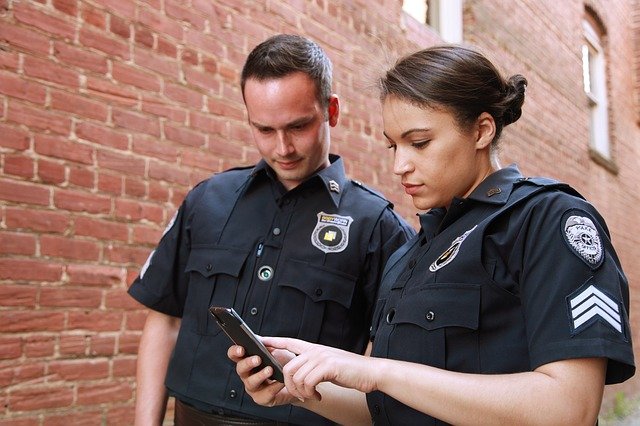The COVID-19 pandemic showed the vital importance of emergency preparedness in schools. With the possibilities of school shootings and natural disasters on the rise, schools need emergency preparedness plans more than ever. It’s important to know and implement the appropriate steps in getting your school more prepared for any and all emergencies. This can prevent panic and provide clear instructions for both staff and students in the event of danger. By creating and upholding a plan, administrators can also help form strong interactions with emergency medical personnel and law enforcement.
Form a “SERT” for Emergency Preparedness in Schools
The first and most important step in solidifying emergency plan is to create a SERT, or a School Emergency Response Team. Staff members for the team should be diverse and have different areas of expertise. Principals should interview and consider each applicant carefully. They should have an excellent understanding of the school grounds and have good communication skills. Administrators often choose staff who have medical training as well as teachers.
List Potential Emergencies by Likeliness
After forming a SERT, the next crucial step is to assess the potential dangers and the likelihood of each possible emergency. Threats often range from natural hazards, such as tornadoes, to human-caused threats like a potential shooter. Assessing the likelihood of an emergency depends upon various factors, such as location. For instance, Southern states may not consider severe snowstorms to be a potential threat. In that case, schools may make basic winter weather plans just in case, but wouldn’t require training of both students and staff that a shooter or a fire might require.
Pinpoint Your School’s Emergency Action Plan
Many informational websites and guides offer assistance in building a specific action plan. This plan should be specifically tailored to your high-possibility emergencies and should assess the need for training both staff and students. It’s important to research each emergency situation and cover all possible scenarios.
Implement the School Emergency Action Plan
Training is essential for staff and students in order to avoid community panic. Students should understand the consequences of fires or inclement weather. Faculty and staff should be able to recognize medical emergency symptoms or threats of violence. It’s essential for schools to track and analyze online threats to student safety. Screen monitoring software, like LearnSafe, can detect threats of violence and self-harm on school computers. LearnSafe also alerts administrators and school resource officers, allowing them to intervene before it’s too late.
By knowing and understanding instructions in the case of an emergency, students and staff will be equipped with action steps instead of frozen in fear. Training programs can and should be an essential part of implementing an emergency response plan.
Text by Kassie Roberts


